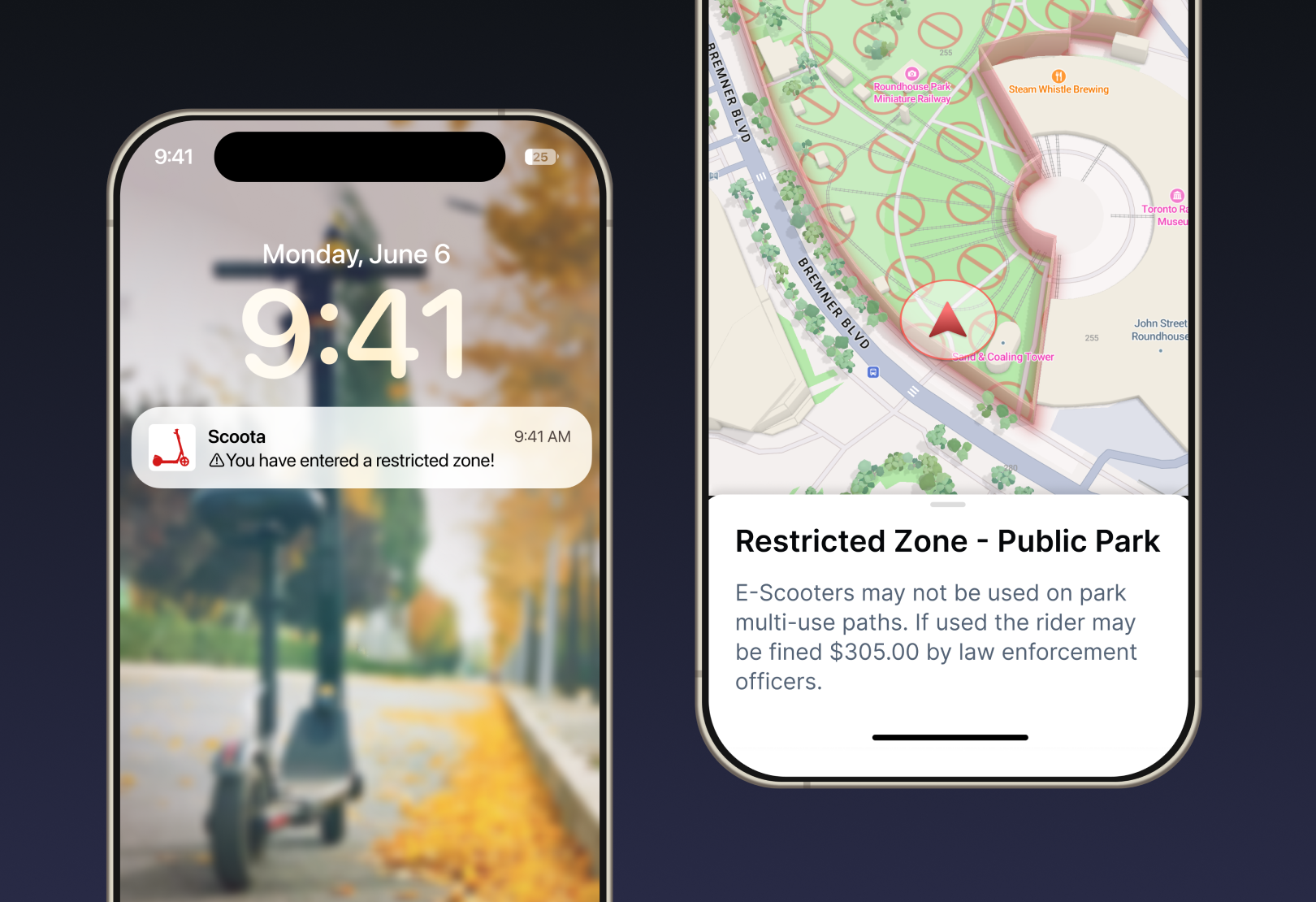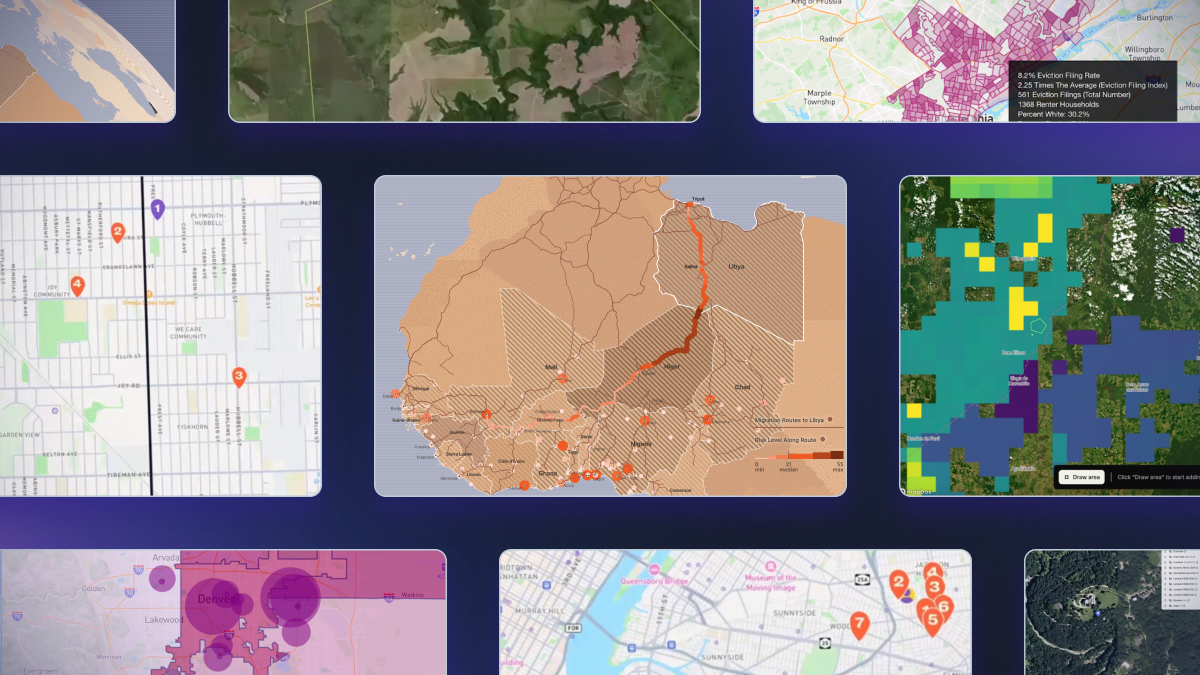Lorem ipsum dolor sit amet, consectetur adipiscing elit, sed do eiusmod tempor incididunt ut labore et dolore magna aliqua.
Webinar Recap: Building Telecommunications Coverage Maps with Mapbox
Heading

In our recent May webinar, we teamed up with telco solution architects Petr Vopenka and Megan Luisa White, and telco account manager Kieran McCann to uncover the world of coverage maps. We discussed why these maps are essential, why Mapbox shines in helping build them, and even gave a live demo on how to create your own coverage map using Mapbox. Then we dove into some code, sharing tips for building effective coverage maps. Join us in this blog post as we recap the key takeaways from the webinar, offering a condensed yet insightful journey into the realm of coverage maps.
Watch the recording to dive into the amazing world of coverage maps and how to create your own using Mapbox.
Identifying challenges in coverage maps

To set the scene, the team shared some data that really captures the essence of the growth in our connected world. Every trend line is pointing up and to the right. Think about it: more gadgets are online than ever before, demanding 5G service and strong edge service availability.
There’s also been a 43% rise in data demand for virtual reality devices and a 21% rise in data demand for gaming devices. Plus, with more people working from home, the demand for data keeps on rising. This extra demand is taxing on our current networks and leaves us wanting even faster speeds and next-gen services. The point being, customers need expansive and strong coverage and that’s a major factor in their buying decision.
“New and existing customers and partners need to know coverage area and strength.”
Kieran McCann
Challenges for attendees
Coverage maps are like the first “hello” between a telco service provider and their customers. They're not just static maps — they change with time, reflecting upgrades and even outages. Think of coverage maps as the frontline communicators, bringing in new customers and keeping the old ones in the loop.
From here, the team sent out a poll to webinar attendees asking, “Which of the following is the most challenging aspect of building your coverage maps?”
Here were the attendee results:
- 31%: Other/I don’t know where to get started
- 25%: Processing the data is time consuming and expensive
- 25%: Too much data means my map performs poorly on my site/app
- 13%: I don’t know how to develop the map for web and mobile
- 6%: It’s difficult to design the map I want it to look
It’s no small feat to process all your coverage data and visualize it on your network map. Keeping it all up-to-date, especially if you're aiming for regular updates, can quickly become a time-consuming task. But we've witnessed some remarkable transformations at Mapbox.
Customers who once aimed for monthly updates and refreshes are now making these updates weekly. Mapbox removes bottlenecks from your coverage experience. If you've got the data, it should seamlessly find its way onto the map, without causing any slowdowns during upload or when users are actively engaging with the map. And speaking of user experience, let's not forget the importance of making a stellar first impression with your brand. Your coverage map isn't just about functionality; it's a reflection of your brand identity. After all, if your map looks like everyone else's, how can you stand out from the crowd? From there, the team dove deeper into how Mapbox is the best solution for telecommunication companies.
How Mapbox solutions solve challenges for telecommunication companies

Here's how Mapbox solutions improve the process of building and visualizing coverage maps.
Complete map control
With Mapbox Studio and other tools, companies have full control over every aspect of their maps. They can customize colors, data displays, fonts, and even incorporate store locations onto their coverage maps. This level of customization isn't just about aesthetics—it's a powerful marketing asset and a means of communicating effectively with customers.
Unified marketing approach
Marketing teams love Mapbox because they can seamlessly integrate their interactive coverage maps across various marketing channels. Whether it's on their website, social media, TV ads, or billboards, the same user experience ensures consistency in brand messaging, creating a cohesive brand identity.
Customer acquisition tool
Coverage maps aren't just for show; they're a vital tool for attracting new customers. When people consider switching carriers or signing up for a new service, their first question is often about coverage—whether it's at home, work, or their favorite vacation spot. Mapbox-powered coverage maps proactively provide this information, helping customers make informed decisions. And in today's fast-paced digital landscape, speed is paramount. Mapbox ensures lightning-fast performance, eliminating any lags that could drive potential customers away.
How Mapbox is better
Mapbox stands out in the coverage map space for several reasons. Firstly, data processing is lightning-fast, minimizing wait times for map tile processing. The rendering itself is best-in-market, ensuring smooth experiences on both mobile and web platforms. With consistent styling across all platforms and accurate geocoding functionalities, Mapbox ensures a seamless user experience from start to finish. And best of all, Mapbox handles hosting and maintenance, making it easy and cost-effective for companies to get started—all they need to do is sign up for an account and follow the provided guides.
Demo: How to make a coverage map with Mapbox
In the webinar, the team walked through how to upload your raw network data to the Mapbox Tiling Service (MTS), which converts it into a tiled format for better performance. Then, they shared how you use Mapbox Studio to style your map, adding colors and branding. Finally, the best ways to integrate interactive features like the Geocoder API to enhance user experience. This process, used by companies like Verizon and T-Mobile, enables efficient and engaging coverage maps.

From there, Petr shared how it can be used with other Mapbox products for telco. See his free demo code here.
Ready to bring Mapbox to your team? Visit this page or create an account to get started.
Lorem ipsum dolor sit amet, consectetur adipiscing elit, sed do eiusmod tempor incididunt ut labore et dolore magna aliqua.





